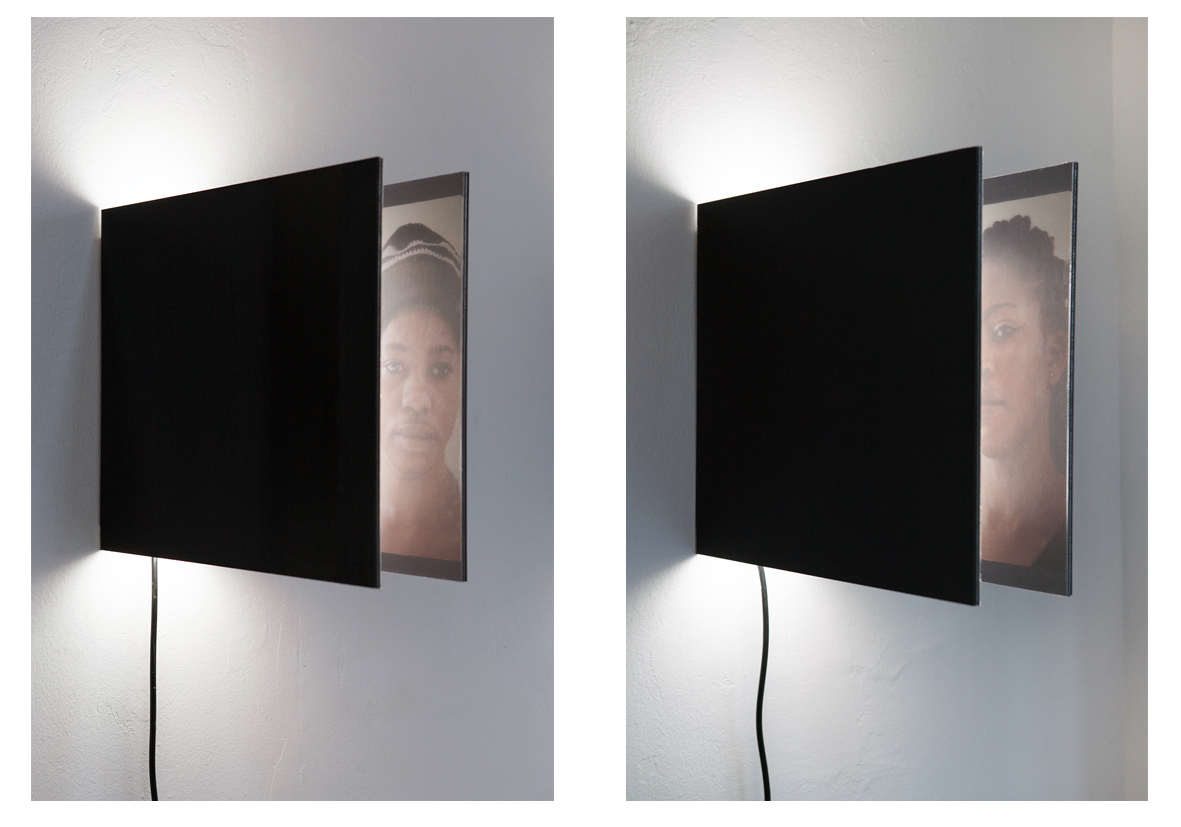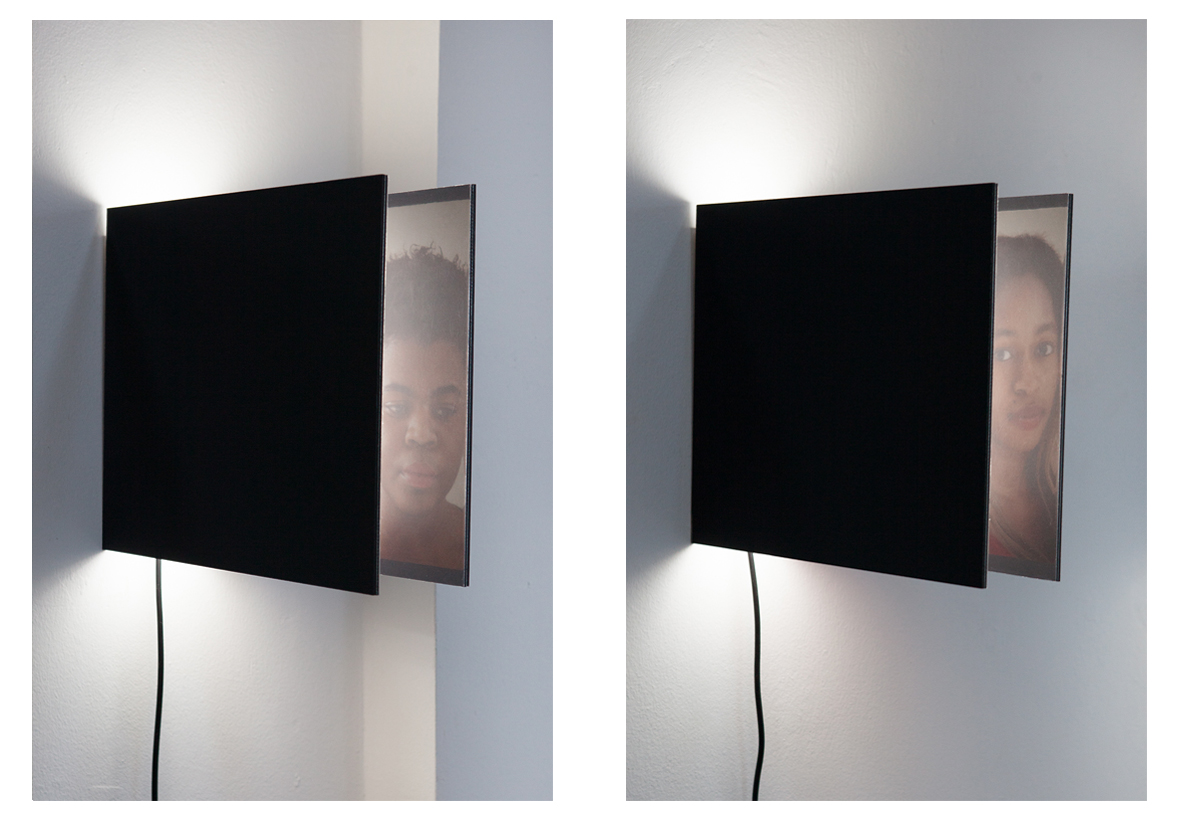
“Images are fundamental but they are not innocent. Every single image out there in the world represents a conception of the world” as Alfredo Jaar would state. The Mediterranean area, with its more recent and historical conflicts, is a clear example of how our believes and opinions get shaped by media nowadays. Paul Virilio in his “aesthetic of disappearance” talks about the paradox of assimilating and storing information at the speed that media require and the schizophrenic state of consciousness this produces. I’ve grown an interest in the way we experience news and facts, being forced to hysterically bump against representations. I started perceiving images more as a blocking device to our sight, as if they produced a noise or dust which obstruct our ability to focus, leaving space for a new form of blindness. Will we be ever able to grasp the essence of an event? To better understand the motivations and experience of an immigrant? To question the distance that make us perceive them as “alien” from us? And, more importantly: will our sight organ be ever able to connect us with some form of factual truth?
Starting from these considerations I investigated the concept of sight, obstruction, blindness and disappearance. I worked with the group of African girls who got rejected by the dwellers of Goro and Gorino towns in the October 2016, and whom underwent an overwhelming media circus.
The installation consists of six devices made of photographic portraits, lights and mirroring surfaces. The portraits of the girls are installed in a way the audience can never look at them directly as a strong source of light hit their eyes obstructing their view. The only way for the audience to fully experience the portraits is by looking at their blurred and ghostly reflection onto a grey screen standing in front of them.







